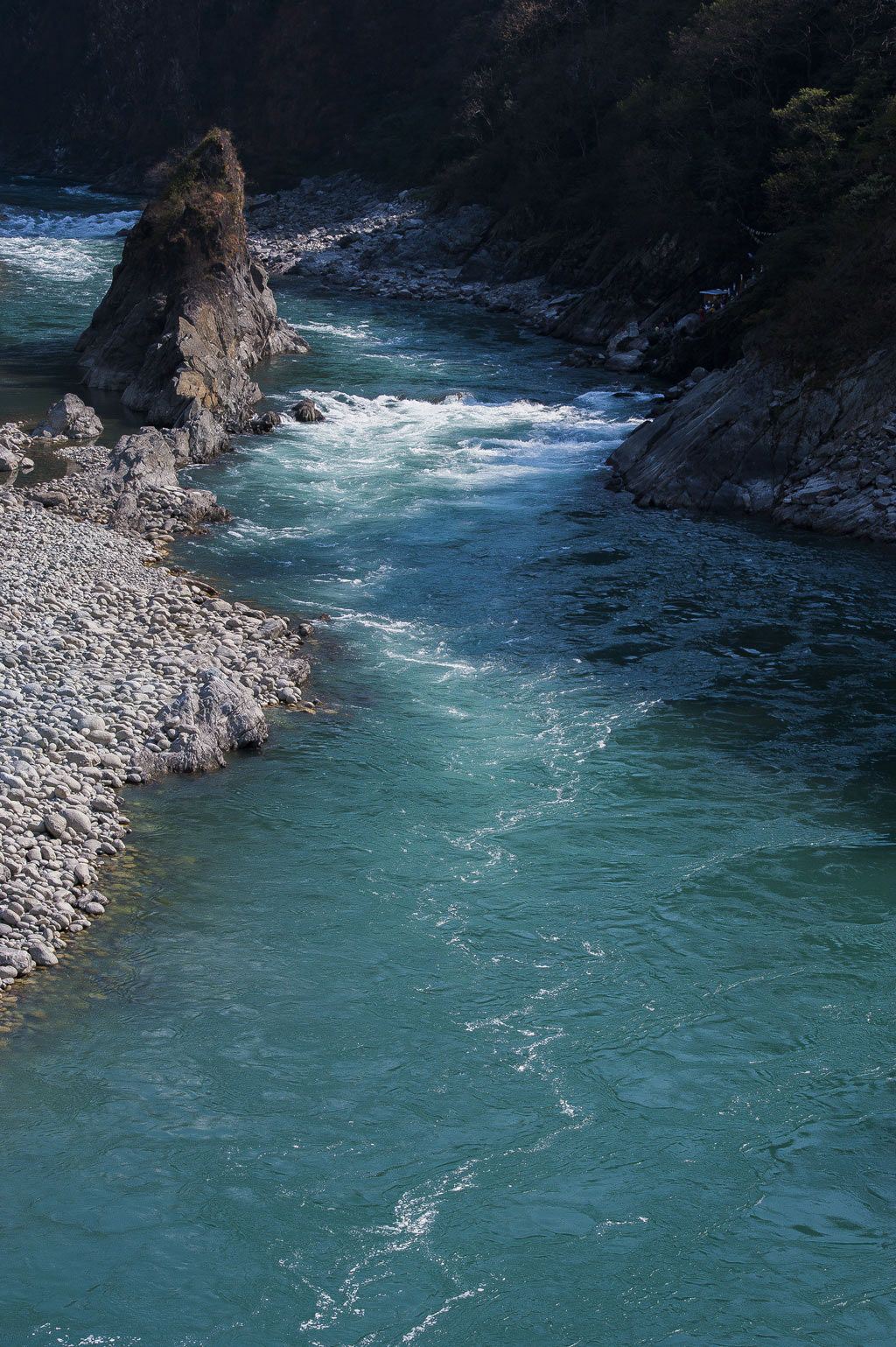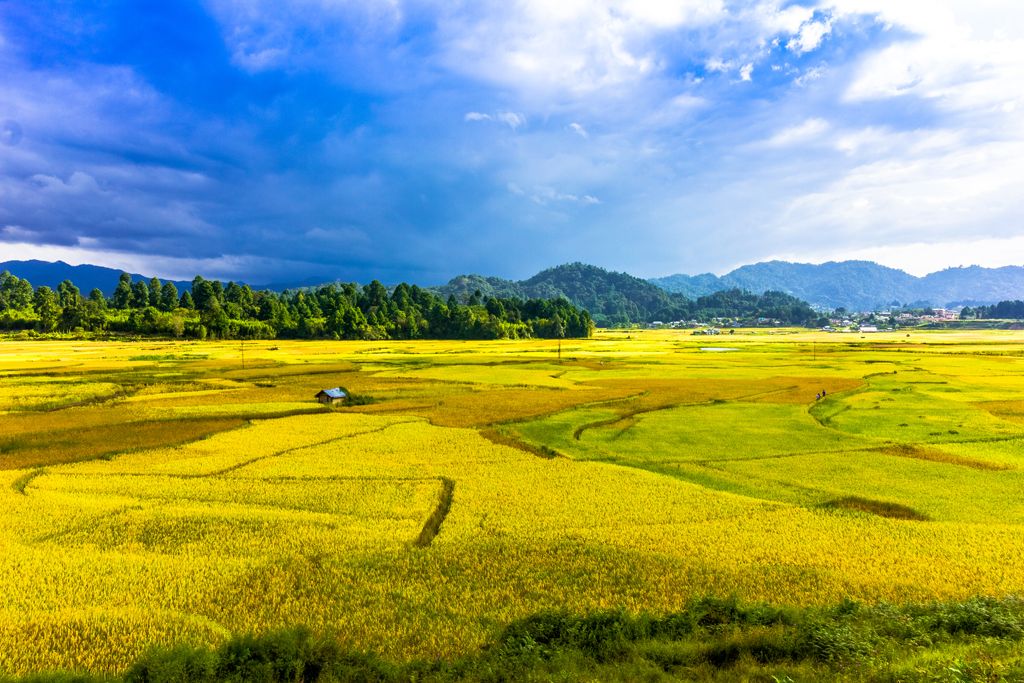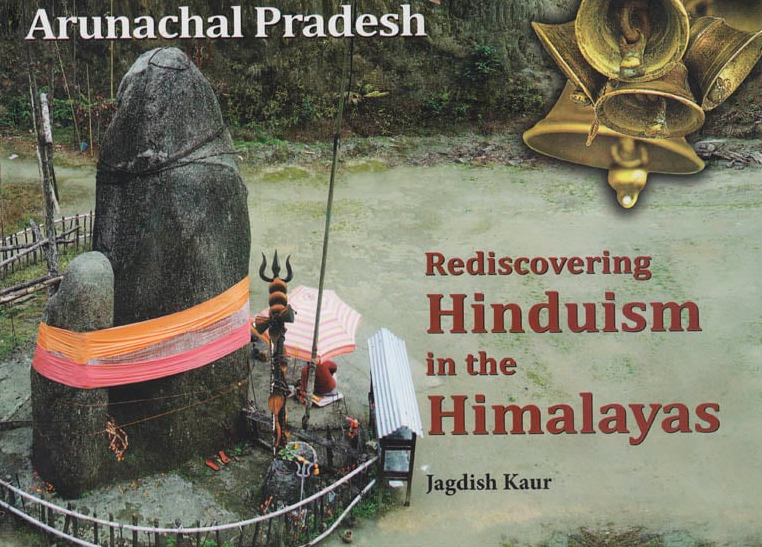🕉️ A Dharmic Travel Guide for Arunachal Pradesh

The historiography of religion in Arunachal Pradesh is overwhelmed primarily with the discussion on tribal religions and partially on Buddhism. In fact, scholars have divided the state into 3 zones on the basis of socio-religious affinities.
The first zone follows Buddhism. The Monpas & the Sherdukpens of Tawang District follow the Lamaistic tradition of Mahayana Buddhism. Further culturally similar to them are the Membas & Khambas, living along the northern borders of the Siang Valley. The Khamtis & the Singpos inhabiting the eastern part of the state are followers of Hinayana Buddhism. The second zone worships the sun and the moon, namely Donyi Polo, invoking natural deities & making animal sacrifices. This includes the tribes, Adis, Akas, Aaaapatanis, Bagnis, Hill Miris, Mishimis, Mishings, Nishis, Tagins & Tangsas.

Finally, the third zone comprises the Noctes & the Wanchu tribes of the Tirap district. The Noctes believe in worshipping nature and leading an animistic spiritual life. But at the same time, they also practice an elementary form of Vaishnavism. Some Medieval Vaishnava literary gems like Katha Gunacharita throw light on some tribes, who were influenced by the teachings of Neo-Vaishnavism propounded by Sri Sankaradeva of Assam. And amidst all these diverse ways of worship is Christianity whose followers now constitute more than 30% of the demographic.

Rediscovering Hinduism in The Himalayas (Arunachal Pradesh)
Defining religion in the context of Arunachal Pradesh has always been a challenge. The state and its human population were not completely isolated from the mainland Indian culture and society even in the remote past. This book has tried to relate the religious history of Arunachal Pradesh with the existing evidence in the form of ancient Indian epics, texts, contemporary literature and the archaeological investigations conducted over a period of the past several decades. A comprehensive analysis of this evidence establishes the presence of Hindu religious elements in ancient Arunachal Pradesh.
However little attempt has been made to historically evaluate & document the 🛕Hindu heritage that is sprinkled across the caves and waterbodies of the region. Many of these spiritually potent places lie hidden and unapproachable in the dense canopies of the jungles.
🥾Globetrotters, Slide out your notepads!
Parashuram Kunda
The famed Parshuram Kund is located on the Brahmaputra plateau in the lower reaches of the Lohit River just at the point where the river leaves the narrow gorge of Mishmi Hills and begins to course into the plains. The sacred pool is mentioned in several Puranas with its ancient name being Brahmakunda from where the river Lohit is believed to have been released by the mighty Parashuram, the sixth Avatar of Narayana. As per the lore, he mediated at this very spot and took a holy dip in the purifying waters to absolve himself of the sin of executing his mother. The site has been a perennial source of attraction for mendicants & devotees from all across East India & Nepal since antiquity. In the month of January every year, on Paush Makar Sankranti, a fair is held for the pilgrims who come from far and wide to take a dip in the holy waters.
Ganesha Temple at Injuno
The origins of the Ganesha Vigraha are nebulous & shrouded in mystery. The corpulent Vinayaka acts as the guardian deity of the surrounding village and is revered by its inhabitants. The aniconic form of Ganesha was discovered by a Mishmi farmer on an orange farm who consecrated it and now serves as the chief priest presiding over all the rituals. The shrine remains unexplored with little or no archaeological research carried out as yet.
Tamreshwari Temple
Tamreshwari temple which once existed in the foothills of the Lohit district was unique in the respect that the tribal priests or Deuris instead of Brahmins presided over the worship of the goddess Kali popularly known as Kesai Khati or the “Eater of the Raw Flesh” to whom human sacrifice was offered. The temple officers were all Chutiyas. Although the ritual of human sacrifice was discontinued some Hindu Tribals now perform it in deep jungles, unaware of others by preparing a human figure of clay.
Malinathan Temple
The ancient temple site at Malinithan is archaeological proof of the prevalence of Shaiva & Shakta Tantrism in the foothills. The erotic figurines of Parvati in coitus with Shiva Lingam, Kama-Rati in copulation, and naked Yakshi( Nagnarupa) sitting on her feet in a squatting manner are rare evidence of the Vamachari influence. Other sandstone & granite images bound to enthral you at the site include the ten-armed Durga, Indra mounted over Airavata, Kartikeya on peacock, Ganesha, Vishnu in Anatshayana, dancing Vidya Dharas the chariot of Surya & the massive Nandi Bull. The ruins of the temple reveal that the Orissan School of Architecture extended up to the foothills of Arunachal Pradesh.
Akashi Ganga
Metaphorically and metaphysically the Shastras refer to water as the container of life, strength, and eternity. More commonly, in the popular imagination, the element is perceived as a purifying medium. However, to reach the source and receive the desired merit involves a series of consecrations, rituals, and religious activities like sacred baths described vividly in the Puranas. One such sacred water body nestled in the Himalayas which also happens to be a Shakti Peetha is Akashi Ganga. The temple is a quintessential wet hills paradise!
Swayambhu Shiva at Menga Cave
This temple is situated in the trans-Subansiri area, at Menga about 20 km. from Daporijo, at the confluence of the Subansiri and the Menga rivers. The temple is, in fact, a cave in the hillock of calcium rock. Shiva Linga has been installed in the cave, but at the back of the cave, the rocky surface is transformed into a ledge that has two tunnels. The Lingas are formed by the water trickling down from the rock ceiling. The tribals throng here on the auspicious days for worship.
Nagmandir at Dejja
The Nag Mandir or snake temple is also a Shivaite shrine situated on the Bhalukpong-Bomdila road, about 67 km from Bhalukpong. The massive structural complex of the temple is raised on a conical mound of the hillock on the bank of the Tenga river. This temple is the object of wide reverence among the local people.
Shiva Shrines at Tezu
The Shiva linga of an ancient temple in the Lohita area, at Hazu hill, was discovered in 1965-66 and installed at a newly constructed temple in 1973 at Tezu. Devotees from surrounding villages throng the shrine all across the year. Another Shiva temple worth visiting is a small stalagmitic shrine hidden in a cave-like structure deep inside the jungle. Consider yourself lucky if you find a company on that trip!